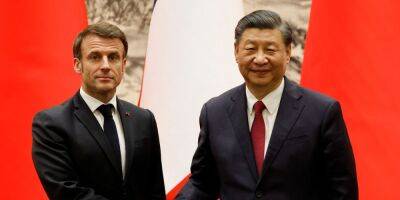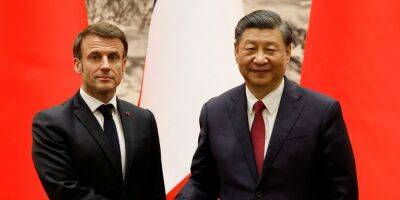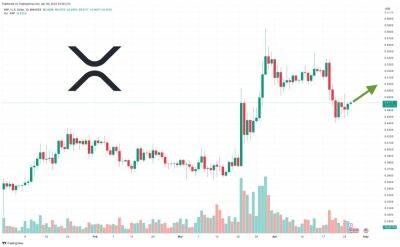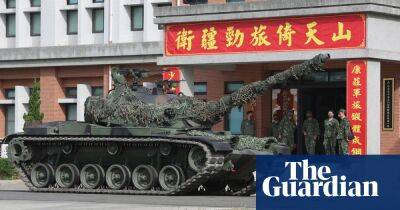Poland has changed beyond recognition – and so has its place in Europe’s pecking order
W hen the iron curtain was swept away on that miraculous night of 9 November 1989, it exposed some of the deepest differences between geographical neighbours the world has ever recorded. The 13:1 GDP per capita gap between Poland and soon-to-be united Germany was twice that between the US and Mexico.
That same night, my pregnant mother and her brothers were workers in the shadow economy on an eco-farm near Frankfurt, helping to meet the needs of a newly minted class of environmentally aware Germans. My family admired that country where “you never got lost on a highway”. People in Germany drove immaculately clean cars and manual labourers could play Stille Nacht on several instruments – which they did at the farm for Christmas 1989 – leading my mother to marvel at an education system that could so universally equip people not just with marketable skills but also with an ingrained sense of beauty.
Neighbouring countries tend to have comparable levels of development. A common security context, investment spillovers, migration, remittances and regional supply chains create geographical pockets of welfare or poverty that transcend borders on the map.It takes a solid physical barrier – the Himalayas between China and Nepal for instance, the barbed wire that runs along the Korean border, or the Berlin Wall – to maintain economic chasms such as those that existed between the Poland and Germany of my mother’s era.
But eastern Europe’s economic prospects were rapidly revived by the economic integration that took off in Europe in the 1990s. Reunified Germany wanted to have something akin to “the west” in its immediate eastern neighbourhood even if this required a degree of political heavy-lifting elsewhere in the EU. France was much
Read more on theguardian.com















